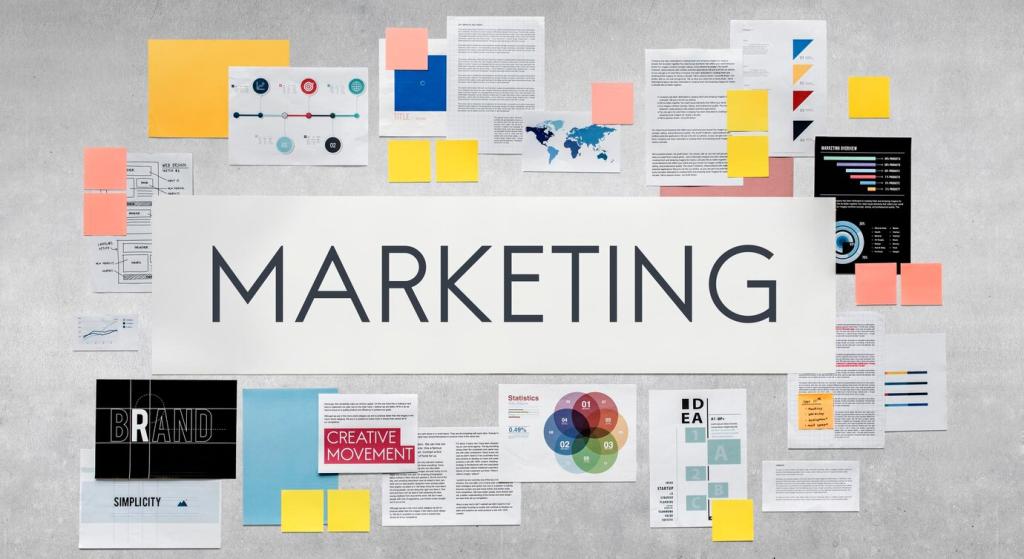How to Write Engaging Blog Posts for Interior Design Firms
Chosen theme: How to Write Engaging Blog Posts for Interior Design Firms. Welcome! If you design beautiful spaces, your blog can be the warm foyer that invites clients in. Here you’ll learn how to craft immersive, story-rich posts that showcase your process, spark conversation, and convert readers into delighted, design-ready clients. Subscribe for templates, prompts, and weekly inspiration.
Map the design-savvy personas you serve
List your top readers: the busy homeowner planning a kitchen refresh, the boutique developer crafting model units, the facilities manager seeking durable finishes. Capture pain points, timelines, and decision triggers. Invite readers to comment who they are and what project they’re tackling, so future posts feel handcrafted for them.
Define a voice that mirrors your aesthetic
If your work is clean and contemporary, aim for crisp language and confident brevity. If it’s eclectic and layered, let your prose breathe with sensory details. Document tone adjectives, banned buzzwords, and signature phrases. Keep microcopy—image captions, pull quotes, CTAs—on-brand. Bookmark this voice guide and subscribe for a ready-to-use template.
Tell Project Stories That Feel Like a Walkthrough
Structure: brief, challenge, process, reveal
Open with the client’s brief and constraints, introduce the core challenge, then narrate your process with decisive moments and trade-offs. Conclude with the reveal, outcomes, and a clear next step. This narrative arc keeps skimmers reading. Try it in your next post and tell us below how your audience responded.
Human details: materials, moments, and emotions
Readers remember tactile specifics: the veining in the marble, the way afternoon light warmed the oak, the coffee ring that inspired a stain-resistant choice. Include small human moments—client reactions, surprising vendor saves—to spark empathy. Share your favorite project memory in the comments to inspire the next story prompt.
From story to solution: actionable takeaways
Translate the narrative into guidance: list what you’d repeat, what you’d avoid, and how readers can apply the idea. A case study without takeaways is a pretty hallway with no doors. Offer a one-page checklist as a content upgrade and invite readers to subscribe to download it instantly.

Curate photo narratives, not dumps
Open with a hero image, then move from entry to focal points to details, mirroring how you’d guide a client in person. Avoid repetitive angles. Caption each image with intent, revealing decisions and materials. Drop a comment with your favorite shot sequence, and we’ll share a layout you can replicate.

Diagrams, floor plans, and mood boards
Readers love to peek behind the curtain. Embed annotated plans, material boards, and lighting diagrams to demystify your process. Use consistent palettes and type for a branded look. Add descriptive alt text for every graphic. Subscribe to get our mood board caption formulas for quicker, more compelling explanations.
SEO That Honors Design Integrity
Keyword research for niche and location
Blend design topic clusters with local intent. Use Search Console, Trends, and competitor gaps to find queries with buyer energy. Think “Scandinavian nursery lighting,” “budget-conscious backsplash alternatives,” or “Atlanta condo staging tips.” Comment your city and specialty, and we’ll suggest three keywords to explore next.
On-page structure and internal links
Craft magnetic, truthful headlines; use H2s and H3s for scannability; and place key phrases where they belong naturally. Link to related posts and your portfolio pages with descriptive anchor text. Add a gentle CTA near the conclusion. Subscribe for our interior-specific headline formulas and internal linking checklist.
Evergreen refresh cadence
Revisit high-intent posts quarterly: update images, add new product sources, and include lessons from recent installs. Note the revision date and reshare. Google and humans appreciate freshness, especially in trend-sensitive categories. Set a reminder now and tell us which post you’ll refresh first.
Calls-to-Action That Feel Like Concierge Service
Add subtle, helpful prompts after a reveal, before resource lists, and in sticky but minimal banners. Avoid interrupting mid-sentence flow. Test placement and language. Share your best-performing CTA location in the comments, and we’ll compile insights for everyone who’s subscribed.
Calls-to-Action That Feel Like Concierge Service
Offer premium assets your audience craves: a finish schedule template, a seasonal paint palette PDF, or a budget worksheet for kitchen renovations. One studio saw a 31% opt-in rate with a “Small Space Storage Cheatsheet.” Vote on our next free resource, and we’ll build it for subscribers.








